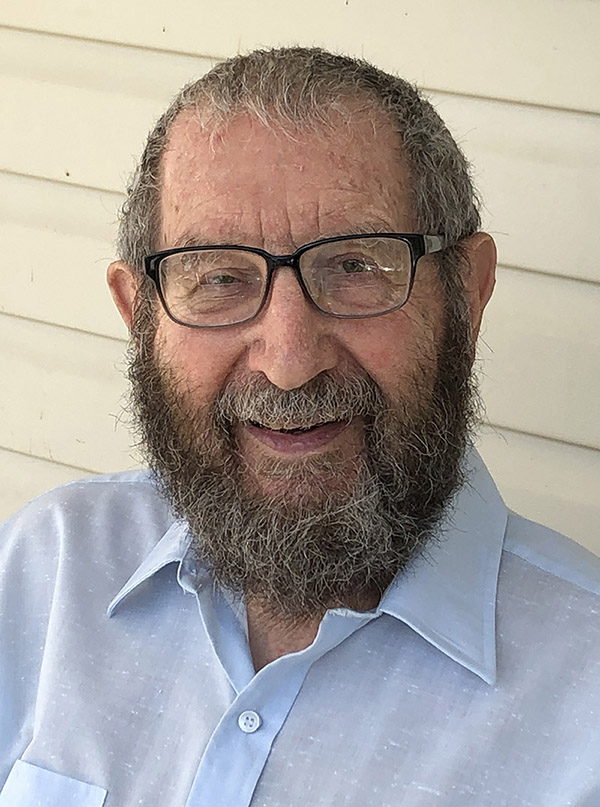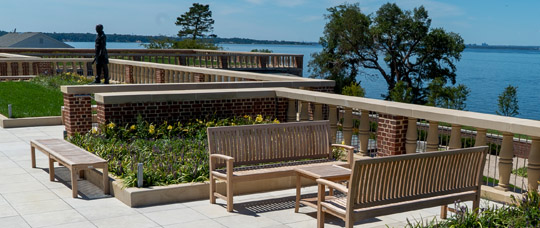Maintaining the Webb Legacy

This is not an achievement of mine, but just one case, out of 1,722 graduates so far, of achievement of William Webb. After graduating from Brooklyn Tech High School in 1942, I was drafted into the Navy, and spent a year at sea. I was a Quartermaster 2nd class on the Luzon ARG-2, a cargo ship converted into a repair ship in Baltimore. I helped put it in commission in 1943. Using the V-12 program, my captain then sent me back home, to attend college and become an officer. Mr. Webb provided a castle in the Bronx to play games and do homework in the towers. At the castle, I remember Admiral Rock the administrator, who was tall and thin with a thick head of white hair, and a loud whistle to warn the neighborhood kids “to get off my property.”
When we moved to Glen Cove, William Webb provided a 26-acre estate on Long Island Sound, to enjoy and mature in. We all volunteered labor to turn the estate into a school. All five of my classmates selected attaching the track to the towing tank for their class project. My job was to paint the garage floor with the surplus battleship gray that Admiral Robinson had acquired. With several freshmen, we poured the cans on the deck and used mops to swab. We later realized that cars were washed there, so the garage had a drainage system like a ship, all around the edge.
Webb provided me with the opportunity to start my career in Buships under John C. Niedermair ’18, leader of the preliminary design (PD) section. This was just when Capt. Rickover started a submarine design (my assigned area) with a nuclear engine. Working alongside Ralph Lacey ’37, I then spent five years designing submarines.
In 1955 I decided to try industry vs. government and asked Gibbs & Cox for a job. I was worried about telling JCN I was leaving, but his close friend Bill Gibbs had called him before making me an offer. Gibbs & Cox had only one Webbie before I arrived. Charles Thornhill ’43 and I were the only two sent to computer school, which gave me the opportunity to spend a year using FORTRAN to speedily do ship calculations and design a mast. After four years with Gibbs & Cox, I returned to NavSea, but no naval architecture jobs were available.
McNamara was SecDef during the 60s, and had new ideas:
- each department was required to have a long-range plan; and
- he modified ship design funds to become R&D.
I published the long-range plan for NavShips, and then became a project manager for ship concept design research. My assigned research area was ship survivability. During this time, I wrote 19 technical papers. John Nachtsheim ’47 had replaced John Niedermair as head of PD.
During the 60s and 70s, using the G.I. bill, I received two master’s degrees, from Adelphi University in New York, and American University in Washington, DC.
In 1980, I retired from the U.S. government and spent another four years with Gibbs & Cox, in Washington, DC. In 1983, I wrote another paper. That was followed by four years with Designers & Planners, who sent me to Ottawa for a year, to modify a Canadian destroyer.
When I was 80, a proud moment in my life came when my industrial arts teacher neighbor asked me to consult with his high school class on the Maryland state competition to design a 4’ model cargo ship, which won first prize for five consecutive years, with five different groups of students, and with minimum direction. Mr. Webb had given me the ability to transfer knowledge.
Turning 96 in August 2020, I’m living comfortably in Londonderry on the Tred Avon in Easton, Maryland.

